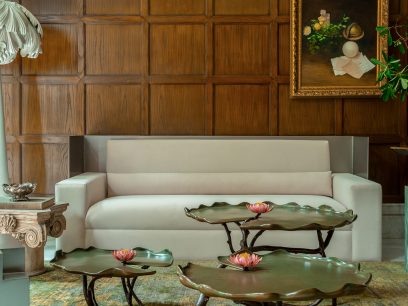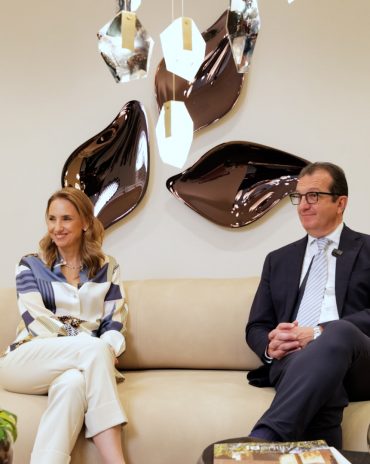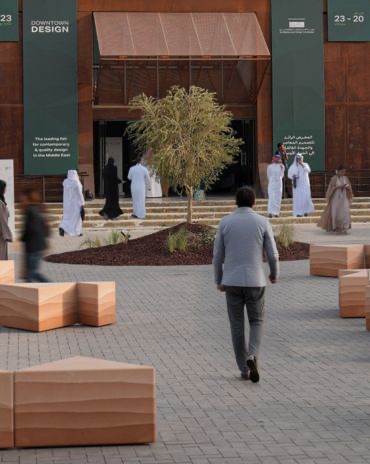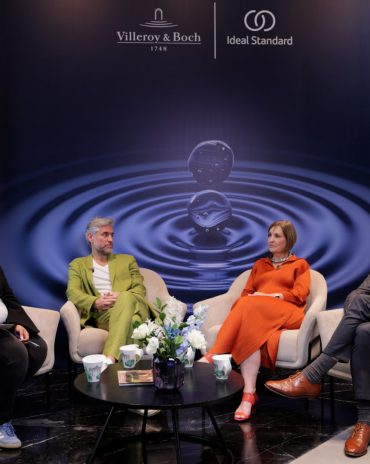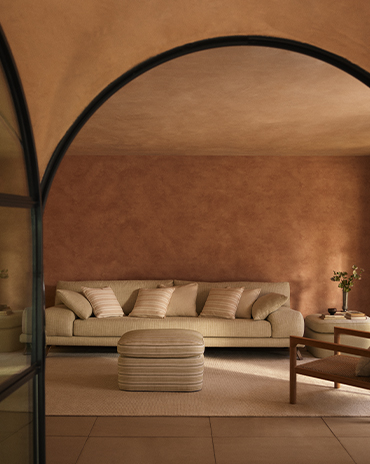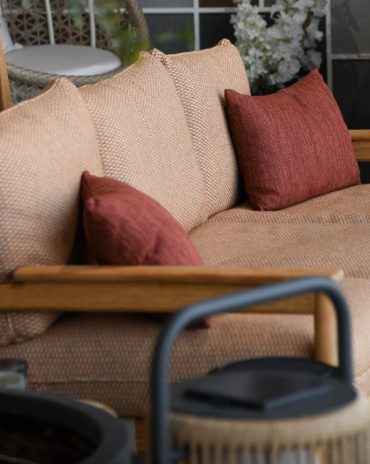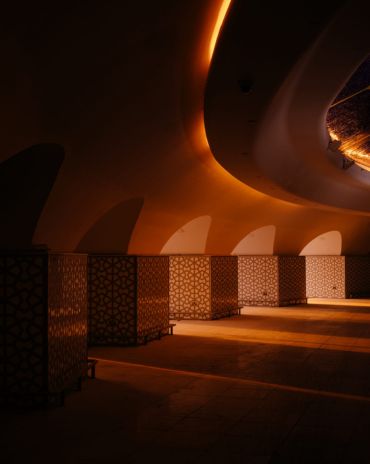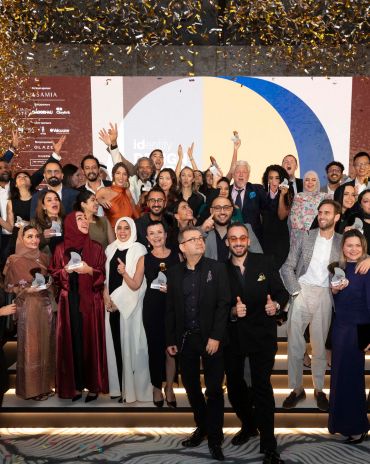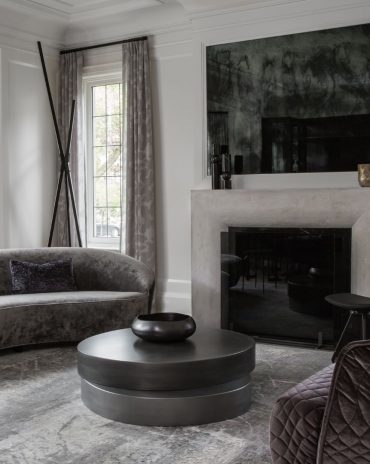Copyright © 2025 Motivate Media Group. All rights reserved.
Read ‘The Craftsmanship Issue’ – Note from the editor
Read our April 2022 issue online on ISSUU

With each passing year we become more obviously confronted by the returned sense of importance that artisanship plays in contemporary design. While traditional techniques and natural materials continue to reign supreme, it is novel approaches which often elevate craft into works of art. And while technological applications are growing equally popular, there is something about creating with one’s hands that is deeply intrinsic to the creative process, something that many designers today value as inherent to their work.
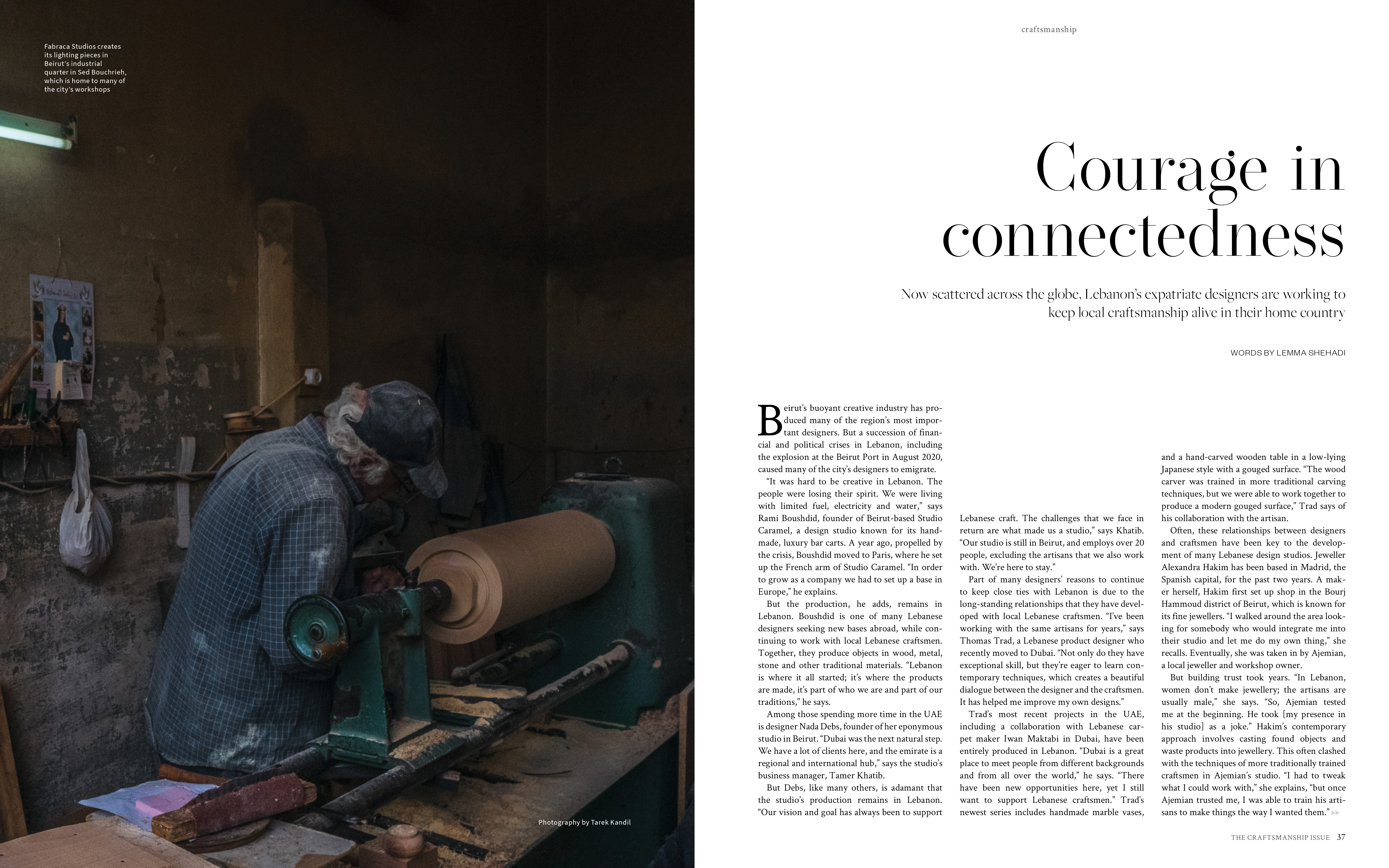
In our annual Craftsmanship Issue, you will discover a wide range of makers from across the globe – some may be new to you, while others will have produced works you may have admired through the years; some are situated as close as the emirate of Sharjah, others as far as the island of Martinique. Yet what these individuals and studios have in common is their commitment to preserving and continuing the legacy of traditional knowledge, now rendered in a whole new contemporary language: one that is fresh and intriguing, yet comfortably nostalgic.
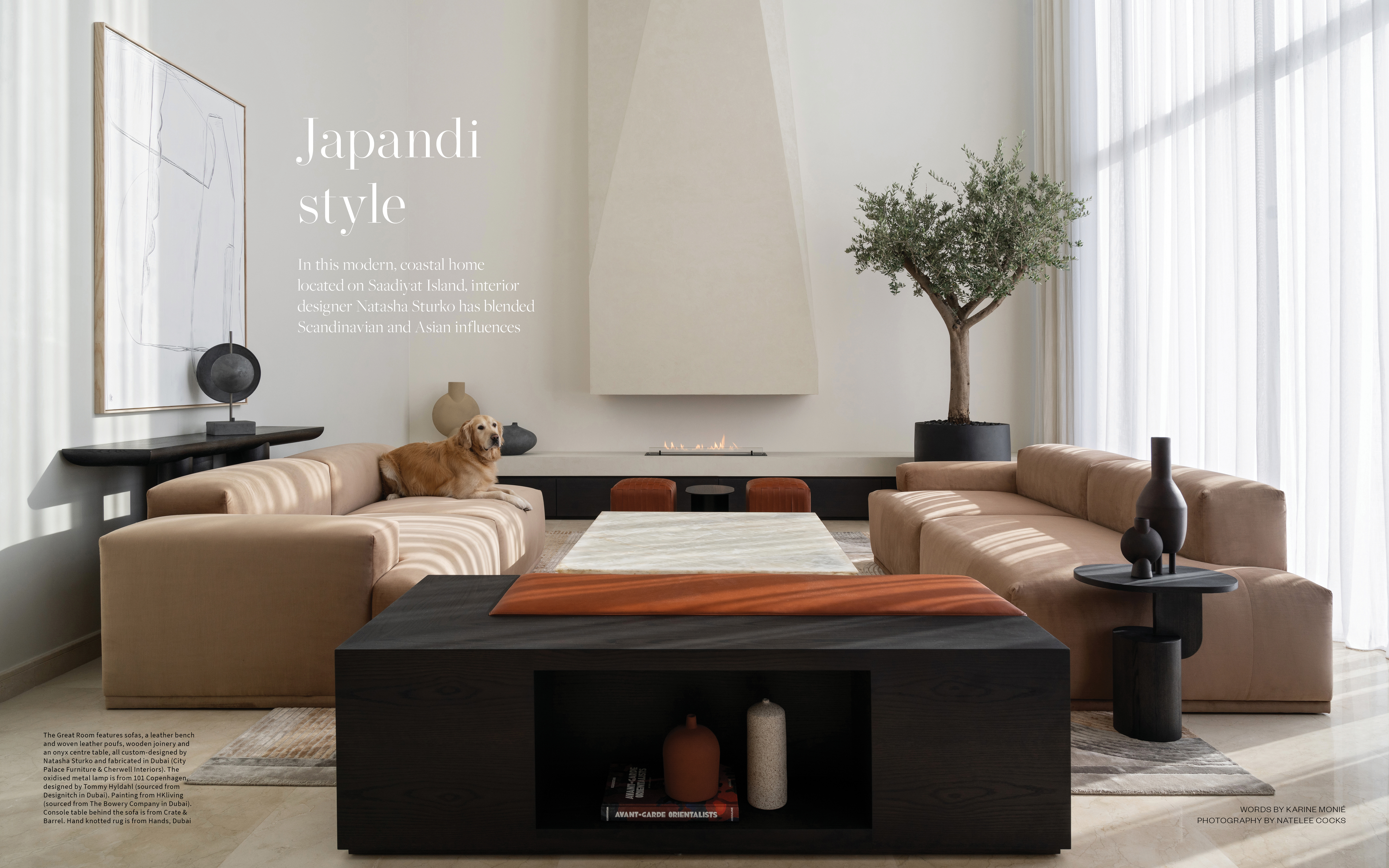
In Lebanon, for example, preserving traditional crafts and supporting local artisans has become a national effort for its creative industry, as the country continues to suffer financial and political crises. And while an increasing number of Lebanon’s creative community have emigrated abroad, support for craftspeople in the country endures, solidifying the vital place these makers hold in the regional design eco-system. An in-depth feature on this topic can be found in the following pages of this issue.
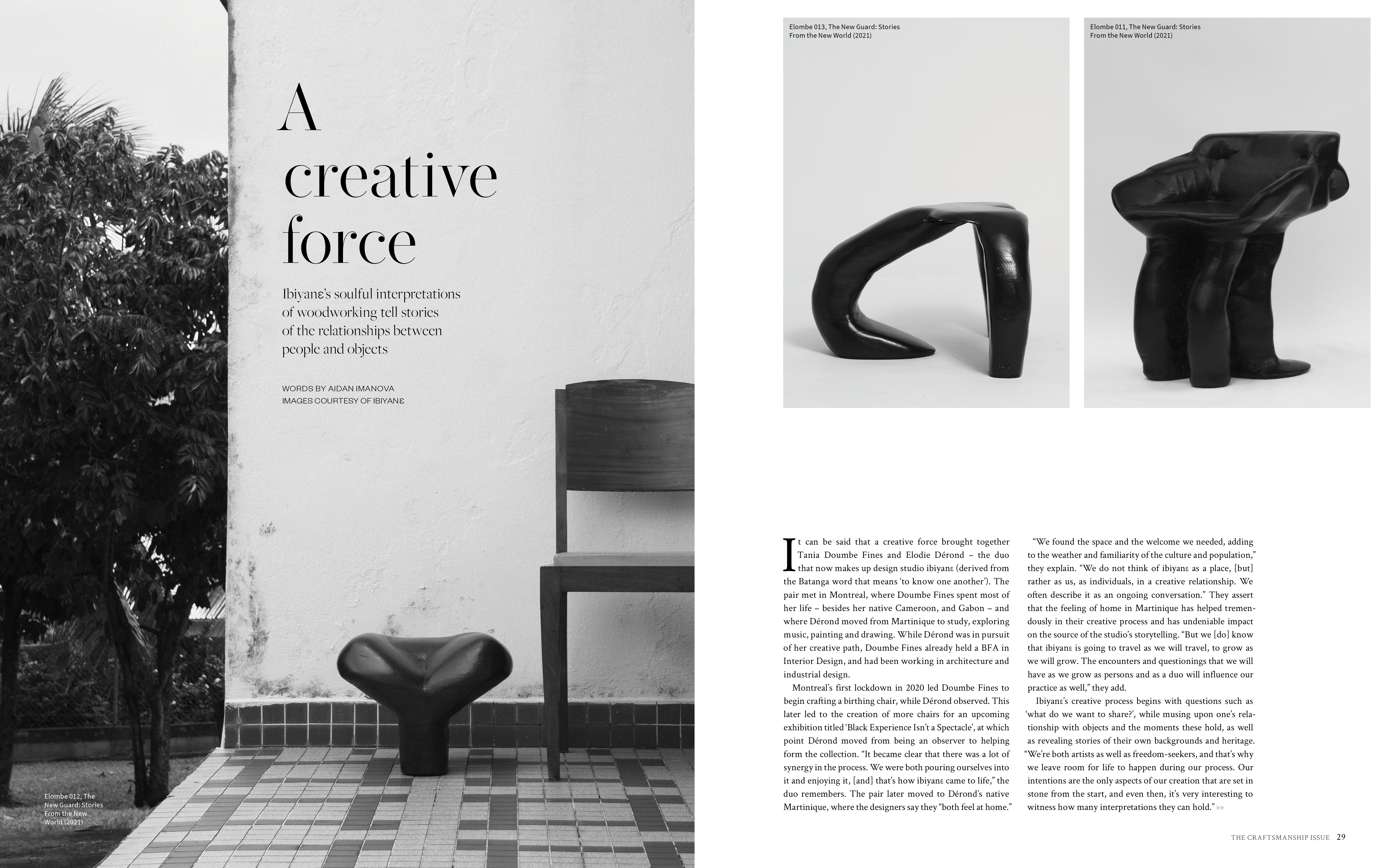
Contrastingly, in Egypt, designers are at the early stages of rediscovering and re-appreciating the value of local craftsmanship, which, for a number of reasons, had not – until recently – evolved into the contemporary sphere. We learn more about the North African country’s creative renaissance by speaking to artist Omar Chakil, whose alabaster furniture and objects seek to raise the profile of traditional materials found in Egypt.

We are also excited to see the long-awaited, Anarchitect-designed Harding Boutique Hotel in Sri Lanka finally open to the public. The property takes inspiration from tropical modernism, which was spearheaded in the country by Sri Lankan architect Geoffrey Bawa. In an exclusive interview, we discuss with Anarchitect’s founder Jonathan Ashmore the challenges of the project, not least due to the Covid-19 restrictions, which led to all construction and craftsmanship being produced locally – with artisans creating joinery and furniture on-site and in close collaboration with the studio.
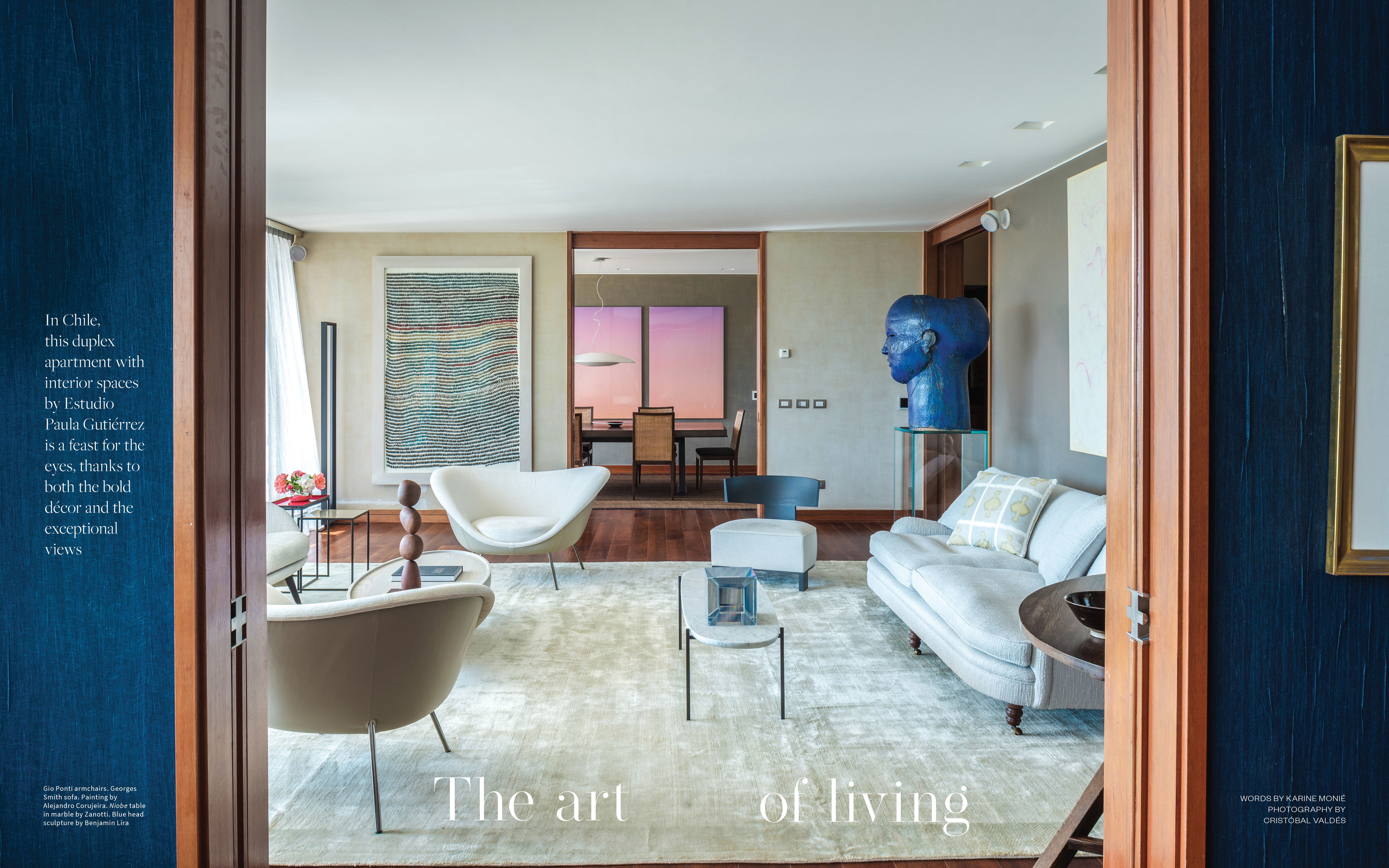
This made reflect on the fact that while the relationship between artist and artisan dates back centuries, it is quite remarkable to see that, many years later, these bonds remain resilient while also leaving room for evolution.
Read the full issue on ISSUU here.
The Latest
The Edge of Calm
This home in Dubai Hills Estate balances sculptural minimalism with everyday ease
In conversation with Karine Obegi and Mauro Nastri
We caught up with Karine Obegi, CEO of OBEGI Home and Mauro Nastri, Global Export Manager of Italian brand Porada, at their collaborative stand in Downtown Design.
An interview with Huda Lighting at Downtown Design
During Downtown Design, we interviewed the team at Huda Lighting in addition to designers Tom Dixon and Lee Broom.
Downtown Design Returns to Riyadh in 2026
The fair will run its second edition at JAX District
Design Dialogues with KOHLER
We discussed the concept of 'Sustainable Futures' with Inge Moore of Muza Lab and Rakan Jandali at KCA International.
Design Dialogues with Ideal Standard x Villeroy & Boch
During Dubai Design Week 2025, identity held a panel at the Ideal Standard x Villeroy & Boch showroom in City Walk, on shaping experiences for hospitality.
A Touch of Luxury
Here’s how you can bring both sophistication and style to every room
Outdoor Living, Redefined
Messara Living and Vincent Sheppard Unveil “Outdoor at Its Best 2026”
NOMAD Opens Its Doors in Abu Dhabi’s Iconic Terminal 1
A modernist landmark is reimagined as a global stage for collectible design, contemporary art, and cultural dialogue.
In photos: Winners at the identity Design Awards 2025
Presenting the winners of 2025 identity Design Awards.
Identity Design Awards 2025 – Winner’s List
Here are the winners of the identity design awards 2025
Hogg’s Hollow
Set along the bend of a quiet river and sheltered within a mature, tree-lined enclave of Toronto, this riverside residence offers a dialogue between structure and softness, restraint and warmth


